When you attend a sports event, a festival, or even just walk down a bustling street, you often see colorful fabric displays fluttering in the wind. These are often flag banners. They are incredibly effective at grabbing your attention and conveying a message, harnessing the power of movement and vibrant display.
A flag banner is typically a piece of fabric, often lightweight and durable, printed with graphics, logos, or messages, designed to be hung or mounted to a pole. It is engineered to move freely in the wind, creating dynamic visual interest, and commonly serves as a highly visible form of advertising, wayfinding, or celebratory decoration.

In my extensive experience in the signage media industry, from factory floor to managing my own operations, I've always admired the simplicity and effectiveness of flag banners. They aren't just static signs; they dance with the breeze, making them incredibly eye-catching. I've helped countless businesses, from small local shops to large corporations, find the perfect flag banner solutions to promote their brands. The key is finding the right balance of material quality, print vibrancy, and durability to ensure they look great and last long, even in challenging outdoor conditions.
What is the Difference Between a Flag and a Banner?
These two terms are often used interchangeably, but there's a subtle distinction in their traditional usage and typical applications.
While often similar in appearance and material, a "flag" traditionally symbolizes a nation, organization, or idea, and is typically flown from a flagpole using grommets or a sleeve. A "banner," on the other hand, is generally a broader, more rectangular piece of fabric focusing on promotional messages, specific events, or branding, and can be designed for various hanging or display methods beyond just a flagpole.
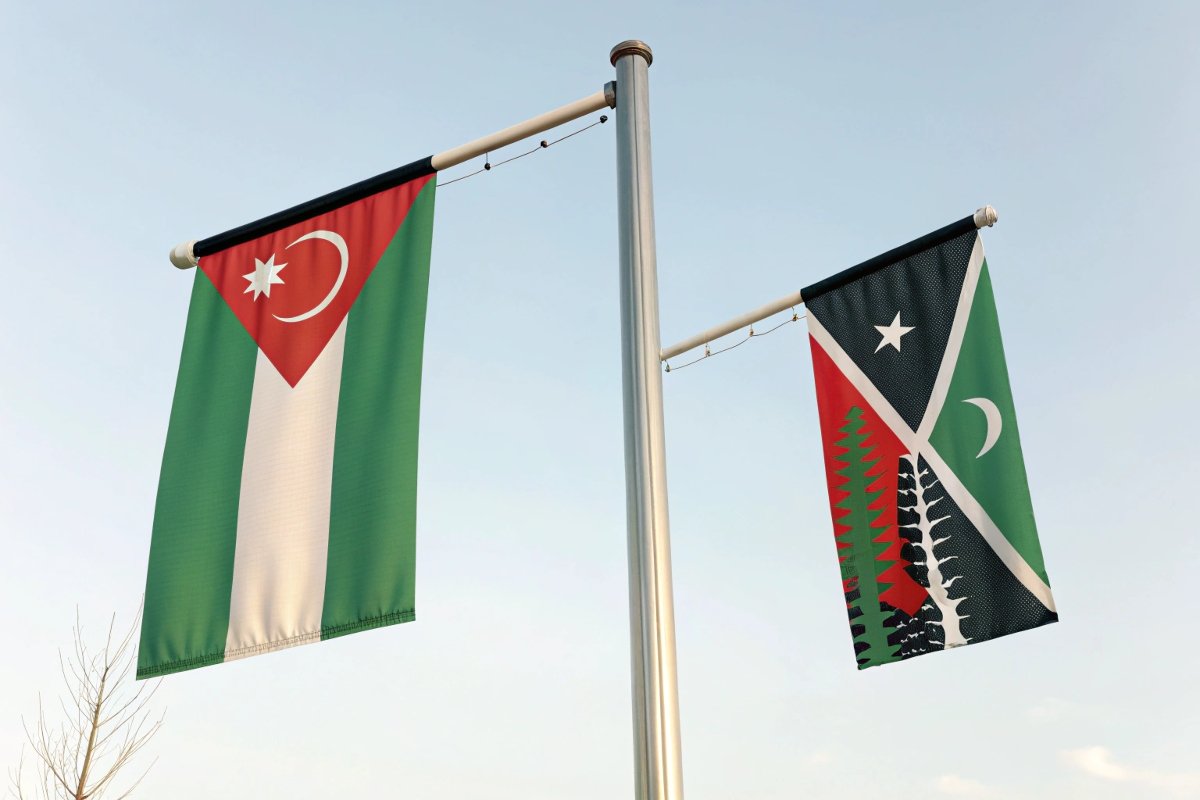
I often encounter this question from new clients. From a manufacturing perspective, the fabric might be the same, but the purpose and common display methods often differ. Flags tend to have a more symbolic or identifying role, like a company flag flown outside a headquarters. Banners are usually more about commercial messaging or marking an event. Think of a "street pole banner"[^9] advertising a sale, or a large "trade show banner" promoting a new product. Flags are often designed to be seen from both sides (either single-sided with bleed-through or double-sided with two layers), whereas many banners are single-sided. This distinction informs the material selection and finishing processes we recommend.
Key Differences: Flag vs. Banner
| Feature | Flag | Banner |
|---|---|---|
| Primary Purpose | Symbolism, identity for nations, organizations. | Promotion, advertising, event branding, information. |
| Standard Shape | Often specific national or organizational proportions. | Often rectangular, can vary widely (e.g., vertical). |
| Typical Display | Flown from a flagpole (outdoor) using halyards. | Hung vertically on street poles, mounted on walls, stands, etc. |
| Common Visibility | Designed for two-sided viewing (bleed-through or double-layered). | Often single-sided, though double-sided options exist. |
| Content | Emblems, crests, national colors. | Logos, text, specific graphic designs, product images. |
What Fabrics are Available for the Flag Banner?
The fabric choice is crucial for a flag banner's performance, durability, and visual effect. Different weaves and weights serve different purposes.
Flag banners primarily use polyester fabrics due to their durability, print receptivity, and weather resistance. Common choices include warp-knitted polyester for its tear resistance and subtle stretch, woven plain-weave polyester, and specialized fabrics like Polyester Taffeta[^10] for specific applications, varying in denier from lighter (75D) to heavier (300D and up).

In my factory, we work with a wide range of polyester fabrics to meet diverse customer needs. "Warp-knitted polyester" is a favorite because it's incredibly strong yet lightweight, and its slight stretch helps it resist tearing in strong winds. It also drapes beautifully. "Woven plain-weave polyester" offers a more traditional fabric feel, often a bit more rigid, and is excellent for crisp, high-definition prints. For certain indoor applications or specific visual effects, we might use "Polyester Taffeta", which is known for its smooth surface and a slight sheen.
The "denier" (D) of the fabric indicates its thickness and weight. Lighter fabrics like 75D or 100D are perfect for indoor flags or where maximum movement is desired. Heavier fabrics, like 150D, 200D, or even 300D, provide greater durability for long-term outdoor use, especially for large banners or flags in harsh weather. Choosing the right fabric ensures the flag not only looks good but also withstands the elements it will face.
Common Fabrics for Flag Banners
| Fabric Type | Denier (Common) | Characteristics | Ideal Use |
|---|---|---|---|
| Warp-Knitted Polyester | 110D, 130D | Excellent tear resistance, good drape, slight stretch, vibrant prints. | Outdoor flags, large event flags, conditions with wind. |
| Woven Plain-Weave Polyester | 150D, 200D | Stable, crisp print surface, more rigid hand feel. | High-definition prints, traditional flags, parade banners. |
| Polyester Taffeta | 75D, 110D | Smooth, lightweight, slight sheen, good for indoor elegance. | Indoor flags, decorative banners, lightweight promotions. |
| Spun Polyester | 200D, 250D | Cotton-like feel, very durable, excellent for traditional flag look. | Heavy-duty outdoor flags, historical flags. |
What is a Double-Transparent Flag Banner?
This type of flag banner offers a unique visual effect, especially when viewed from both sides.
A double-transparent flag banner, often made from thinner fabrics like 75D or 150D polyester, is a single-layer flag printed on one side where the ink significantly bleeds through to the reverse. This technique creates a visible, albeit slightly lighter, image on the unprinted side, providing a ghost-like, 'see-through' effect that is cost-effective compared to true double-sided flags.
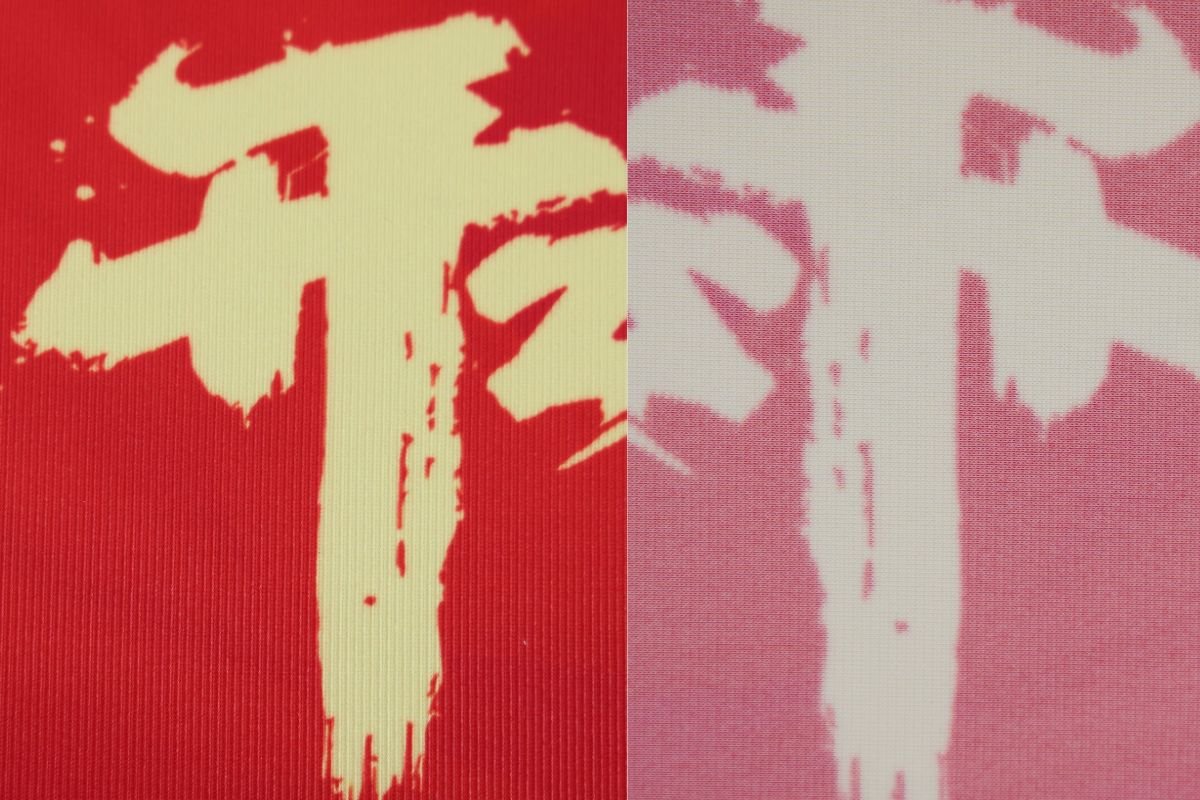
This is a clever solution for achieving a two-sided view without the added weight and cost of sewing two flags together. I've often recommended it to clients who need a vibrant display that can be seen from any direction, but where budget is a consideration. While the reverse image won't be as bright as the front, it’s remarkably clear. From my tests, the reverse side typically shows about 80-90% of the vibrancy of the front. This 'double-transparent' effect means the brand message is still conveyed effectively from both directions, making it a very popular choice for flags that fly on poles.
What are the Printing Options for Flag Banner?
The print method dictates the vibrancy, durability, and texture of the final flag banner. Choosing wisely is crucial.
Flag banners are primarily printed using dye sublimation, UV-curable, and HP Latex technologies. Dye sublimation is favored for its vibrant, wash-resistant, and 'through-print' quality on polyester, while UV-curable inks offer outdoor durability, and HP Latex provides a versatile, environmentally conscious solution.
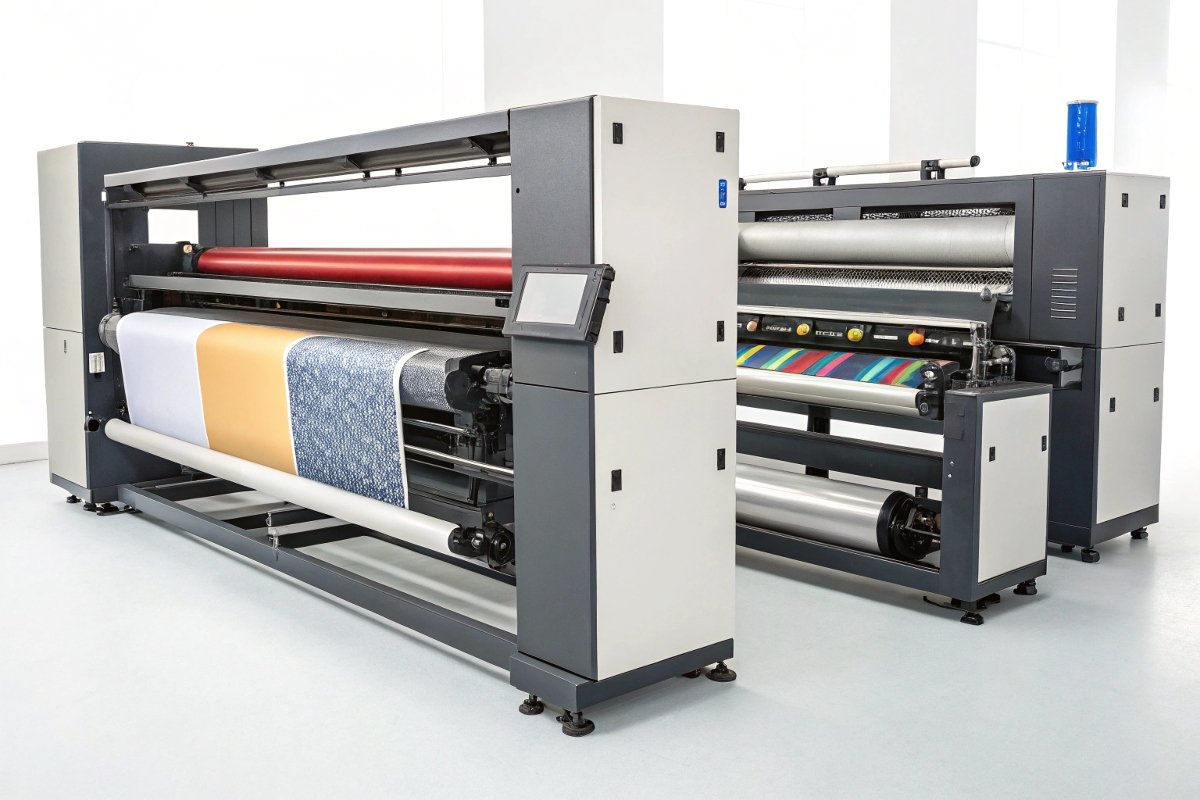
Having overseen years of print production, I can confirm that the choice of printing technology significantly impacts the final product. "Dye sublimation" (also known as direct-to-fabric printing or paper transfer sublimation) is arguably the most popular for flags. With dye sublimation, the inks are actually infused into the fabric fibers, creating incredibly vibrant, photo-quality prints that are soft to the touch and resistant to fading, cracking, or washing out. This is why you get that "double-transparent" effect with thinner fabrics – the ink penetrates all the way through.
For outdoor flags needing maximum resilience, "UV-curable printing" applies a durable ink layer to the fabric surface, which is then cured instantly with UV light. This creates a very tough print, resistant to abrasion and harsh weather. Lastly, "HP Latex printing" uses water-based inks that deliver excellent print quality with good outdoor durability, making it an eco-friendlier option widely used for both indoor and outdoor flags and banners. The best choice depends on the desired lifespan, environmental conditions, and budget.
Printing Options for Flag Banners
| Printing Method | Description | Advantages | Ideal Use |
|---|---|---|---|
| Dye Sublimation | Inks permeate fabric fibers through heat, becoming part of the material. | Extremely vibrant, soft hand, washable, excellent bleed-through (double-transparent effect). | All types of flags, especially for vivid colors and longevity. |
| UV Curable Printing | Inks cured on the fabric surface with UV light for a durable bond. | High outdoor durability, scratch/fade resistance, suitable for various fabrics. | Outdoor banners, flags needing robust surface protection. |
| HP Latex Printing | Water-based latex inks are applied and heat-cured. | Environmentally friendly, good print quality, versatile for indoor/outdoor. | General-purpose flags, eco-conscious projects. |
What are the Types of Flag Banner? What are the Different Fabric Requirements for Each Category?
Flag banners come in many forms, each optimized for different display needs. The fabric choice is often tailored to the application.
Flag banners encompass a broad range of styles, including various types of flags (e.g., national, decorative) and specific banner types like blade flags, feather flags, teardrop flags, and street pole banners. Each type requires specific fabric properties concerning weight, weave, and stretch to achieve optimal appearance, durability, and performance in its intended display environment.

In my role, I always ensure we recommend the correct fabric for the specific flag banner type a client needs. For example, a "blade flag" (also known as a "knife flag" or "knife banner") or "feather flag" typically benefits from a warp-knitted polyester around 110D-130D. This fabric is lightweight, allows for good movement in the wind, and offers the necessary stretch to keep the fabric taut on its pole system, preventing wrinkles and ensuring the graphic is always visible. "Teardrop flags" have similar requirements for stretch and light weight.
For traditional "flags" (like national flags or company flags), whether they are for indoor or outdoor use, heavier woven polyester (e.g., 150D, 200D, or even 250D spun polyester) might be preferred for their robustness and classic look, especially if they are designed for prolonged outdoor display. "Street pole banners" often use a more rigid, perhaps 300D woven polyester to withstand constant wind and tension. These different fabric requirements ensure that each flag banner type performs optimally and looks its best in its designated role.
Types of Flag Banners & Fabric Requirements
| Flag Banner Type | Common Fabric Recommendations | Key Fabric Characteristics Needed |
|---|---|---|
| Blade Flags (Knife Flags) | 110D-130D Warp-Knitted Polyester | Lightweight, stretchable, good for high tension. |
| Feather Flags | 110D-130D Warp-Knitted Polyester | Lightweight, good stretch, vibrant print. |
| Teardrop Flags | 110D-130D Warp-Knitted Polyester | Lightweight, excellent stretch for taut display. |
| Traditional Flags | 150D-200D Woven Polyester, 250D Spun Polyester | Durable, good drape, strong for outdoor weather. |
| Street Pole Banners | 200D-300D Woven Polyester, Strong Warp-Knitted Polyester | High tear resistance, rigid enough for strong winds. |
| Beach Flags | 110D-130D Warp-Knitted Polyester | Lightweight, good movement, durable for outdoor sand/wind. |
| Hand Waving Flags | 75D Polyester Taffeta, 100D Warp-Knitted Polyester | Very lightweight, easy to wave, economical. |
Where is the Flag Banner Industry Belt in China?
Knowing the geographical hubs for flag banner production in China is crucial for efficient sourcing.
The primary industry belts for flag banner production in China are concentrated in Zhejiang Province, particularly Shaoxing, and Shandong Province, notably Qingdao. These regions house a significant number of specialized textile manufacturers and printing factories, forming comprehensive supply chains for flag banner production.
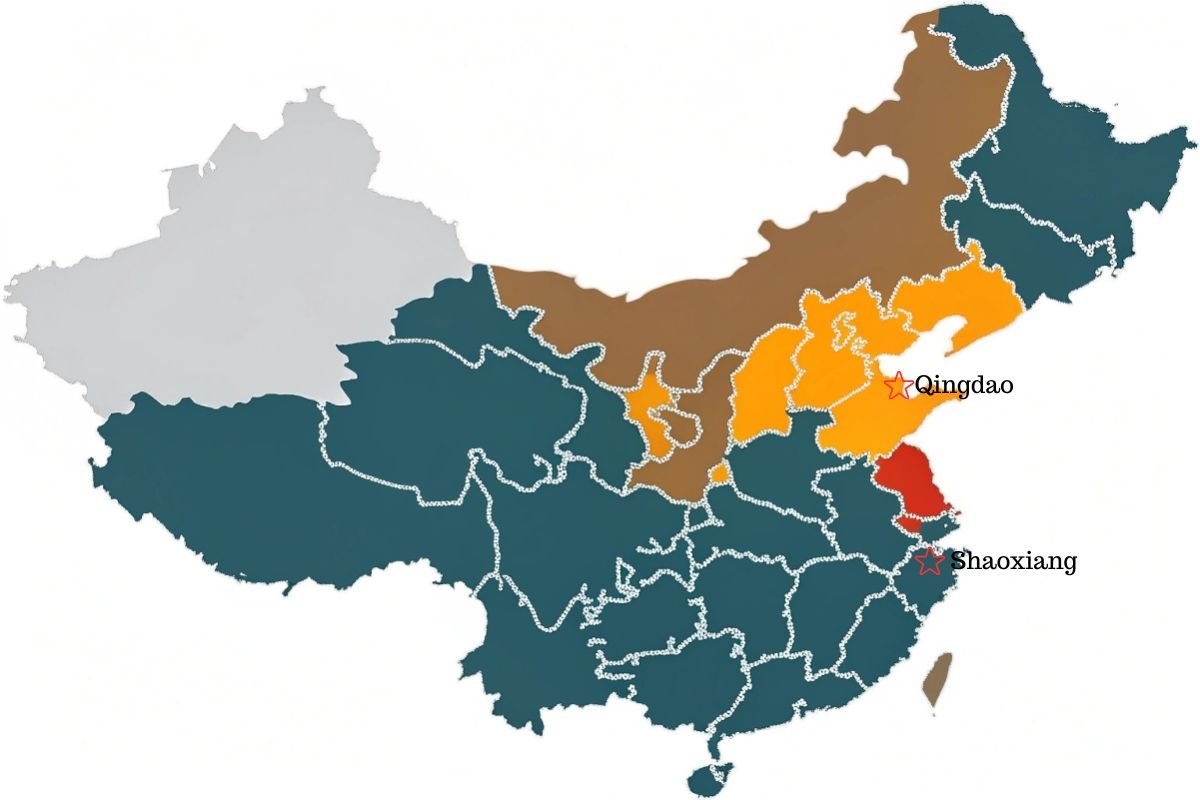
From my years in this industry, I can confirm that Zhejiang, especially Shaoxing, is a powerhouse for various textiles, including flag fabrics. They have a long history and deep expertise in fabric weaving, knitting, and finishing. Shandong, with Qingdao, also contributes significantly, often focusing on larger-scale production and specific print technologies. These clusters mean that raw materials, specialized machinery, skilled labor, and advanced printing capabilities are all readily available, facilitating competitive pricing and diverse product offerings. When I help partners set up their own facilities, understanding these industry belts is key to sourcing the best raw materials and understanding market dynamics.
What Do I Need to Know About Sourcing Flag Banner from China?
Sourcing effectively from China requires attention to detail and a focus on long-term relationships for consistency and quality.
When sourcing flag banners from China, prioritize suppliers with a proven track record for consistent quality and on-time delivery. It is crucial to understand that even minor defects can lead to significant waste in large orders, making rigorous quality control and clear communication regarding specifications, printing, and material stability paramount to ensure a reliable partnership and high-quality final product.
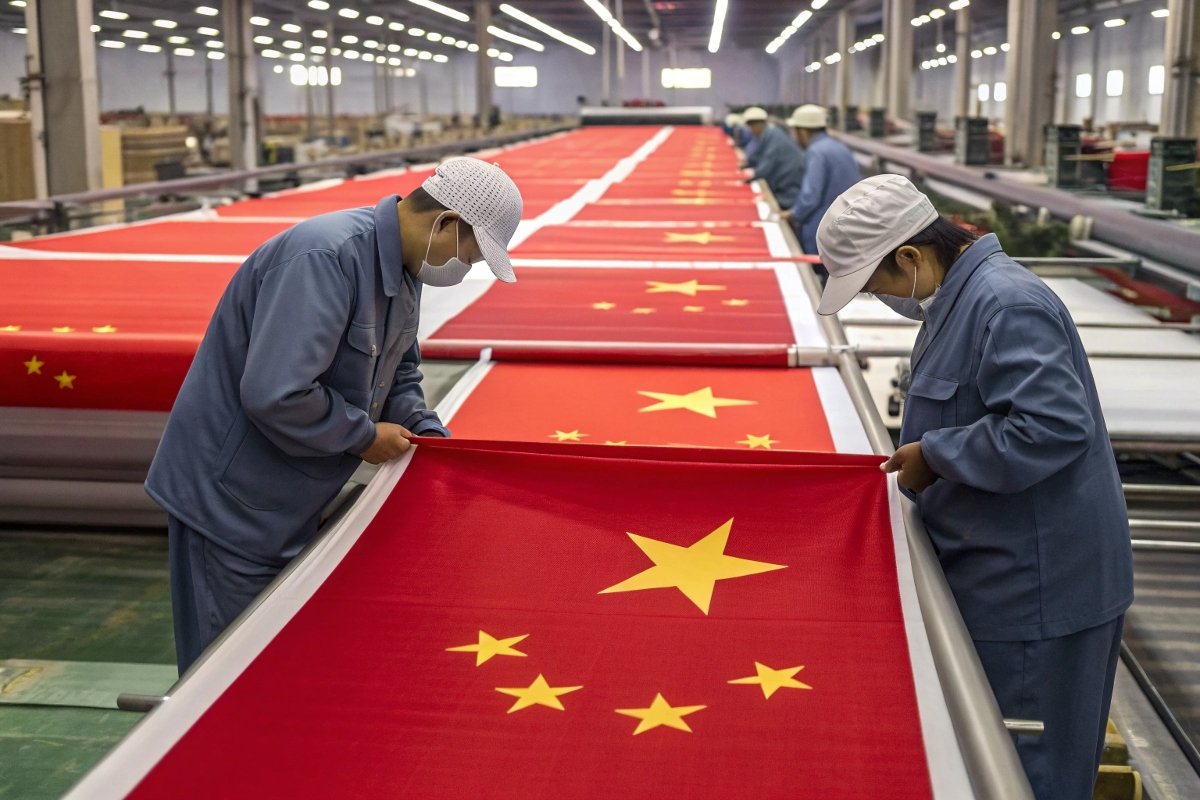
Having spent my career building strong relationships with Chinese manufacturers and helping clients establish their own production, I emphasize transparency and clear standards. Firstly, look for factories with a long history in the flag banner industry. Experience usually means stable quality and a deeper understanding of pitfalls. For flag banners, even a small flaw—a snag in the fabric, an ink smudge, or an uneven hem—can render an entire banner unusable, leading to significant scrap and increased costs. This is because high volumes are common in this industry.
Therefore, robust quality control procedures are not just a luxury, but a necessity. Communicate your exact specifications, including denier, fabric type (warp-knitted vs. woven), flame retardancy requirements (like B1), and color matching expectations. A good supplier will be proactive in sharing information about their processes and material stability. My company thrives on meeting stringent customer demands, and this is exactly the kind of deep engagement that Mr. Watford, a seasoned purchasing professional focused on reliability, would value in a supplier. Building a trustworthy partnership is the surest way to consistent, high-quality flag banner supply.
Conclusion
Flag banners are dynamic, fabric-based visual communication tools, distinct from traditional flags in their promotional focus and offering various material choices like warp-knitted or woven polyester, printed via dye-sublimation, UV-curable, or HP Latex methods. Sourcing from key Chinese industry belts like Shaoxing and Qingdao necessitates thorough vetting for consistent quality and reliability to ensure successful, vibrant displays.
Annotated Reading:
- Polyester: A widely produced synthetic polymer used in textiles, known for its durability, resistance to stretching and shrinking, and quick-drying properties, making it ideal for various fabric applications including banners and flags. https://en.wikipedia.org/wiki/Polyester
- Woven: A method of textile production where two distinct sets of yarns or threads are interlaced at right angles to form a fabric or cloth. This creates a strong and stable material.
- Warp-Knitted: A type of knitting technique where loops are formed vertically along the length of the fabric. This method produces knit fabrics that are generally more stable, less likely to unravel, and may offer more stretch than woven fabrics. https://en.wikipedia.org/wiki/Warp_knitting
- Flame Retardancy: The property of a material to self-extinguish or resist ignition and spread of fire, often achieved through chemical treatments or inherent material properties. Essential for safety compliance in public spaces.
- Polyester Taffeta: A crisp, smooth, plain-woven polyester fabric with a subtle sheen, often used for linings, decorative items, and certain lightweight banners.
- Denier (D): A unit of linear mass density of fibers, representing the mass in grams per 9,000 meters. A higher denier number indicates a thicker, heavier yarn and, consequently, a more substantial fabric.
- Street Pole Banner: A banner specifically designed to be mounted vertically on street light poles or similar upright structures, often used for public event promotion or city branding.
- Dye Sublimation: A digital printing process using heat to transfer dye from a transfer substrate onto a material, typically fabric. The dye turns into a gas and permeates the fabric fibers, creating vibrant, durable, and wash-resistant images. https://en.wikipedia.org/wiki/Dye-sublimation_printer
- UV Curable Printing: A printing method that uses ultraviolet (UV) light to cure or dry ink, instantly hardening it on the material's surface. This process creates highly durable, scratch, and fade-resistant prints.
- HP Latex Printing: A digital printing process developed by Hewlett-Packard that uses water-based latex inks. These inks are environmentally friendly and produce high-quality, durable prints for a wide range of indoor and outdoor applications.


